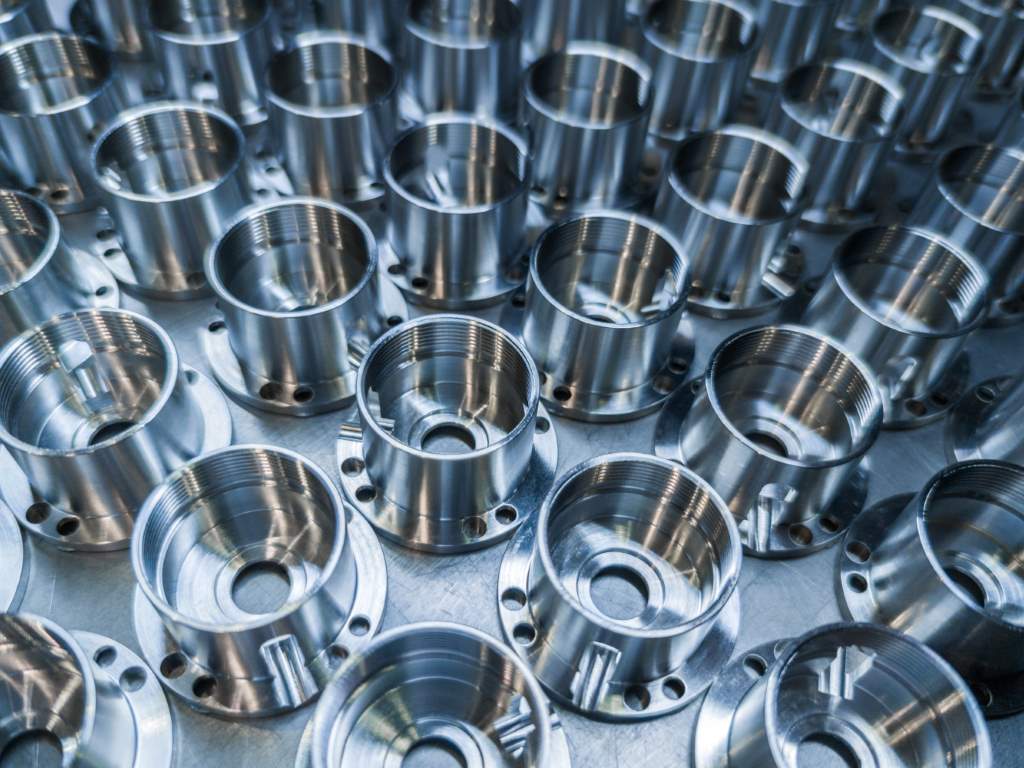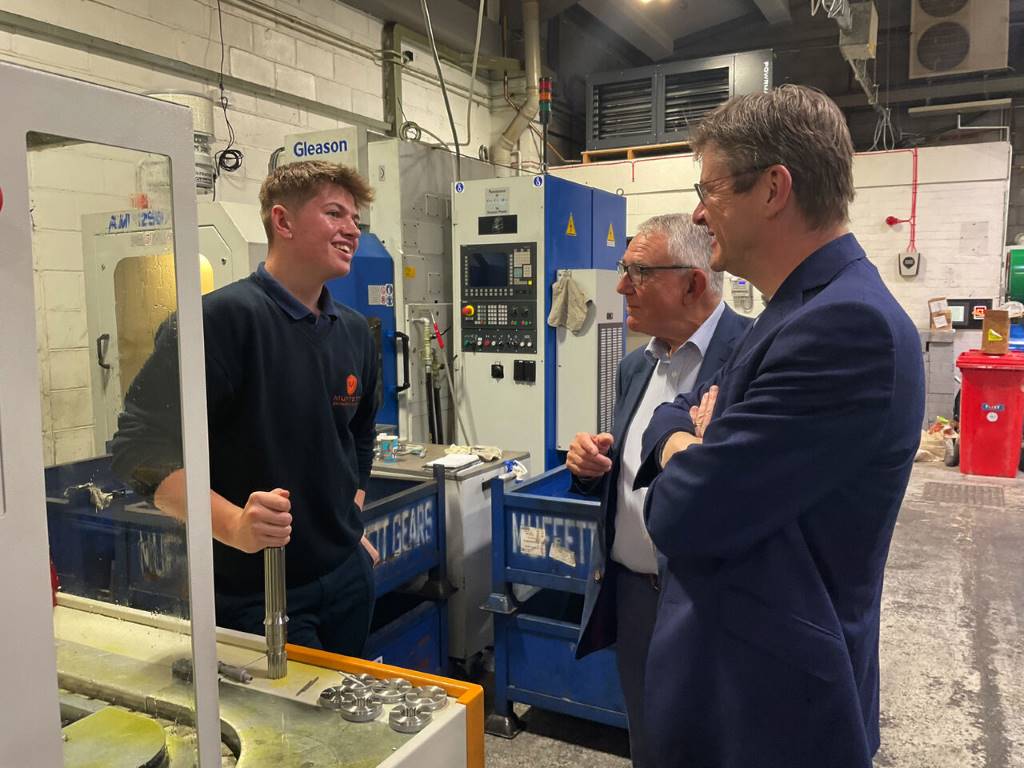Titanium remains on top in aerospace
Titanium has remained a metal of choice for the aerospace industry for over 40 years. A unique series of properties including high strength to weight ratio, corrosion and temperature resistance will continue to ensure that it has a
promising future as an aerospace material. Industry projections indicate a 40% increase in demand of titanium by 2015 which extends previous growth figures showing an increase per aircraft from an average of 15 tonnes to over 68 tonnes over the last 40 years in the higher volume aircraft.
A significantly increasing demand for improved fuel consumption is driving aircraft weight reduction and has especially promoted the use of composites. However, metals will continue to be employed due to their reliability, strength capabilities and temperature resistance.
Titanium is an example of such metal, where a compromise with weight is not incurred and it has a high degree of compatibility with carbon fibre-based composites. Its superior resistance to corrosion, oxidation, fatigue and fracture renders it highly suitable for use in landing gear, wing structures, vertical wing actuation structures, floor beams and seat track architecture.
Furthermore, due to titanium's ability to withstand temperatures up to 593°C, it is favoured for the fabrication of aircraft engines, and currently, the largest single application of its alloys can be found in a gas turbine aircraft engine, where it accounts for 30% of the materials. More specifically, it forms components such as the blades, discs, hubs, inlet guide vanes and cases.
In its native form, titanium is very soft and weak. Although it can be used in this state, more often it is alloyed to form four distinct metaphases: alpha; alpha+ beta; near alpha; and beta. These phases can be identified by their differences in crystalline structures. Alpha alloys are lightweight, have a high creep resistance and are unsuitable for heat treatments so are mainly used in cryogenic equipment. Beta alloys have good hardenability so are used for heavier duty applications within an aircraft. A compromise between the two phases is found in alpha-beta alloys and therefore these are the most abundant alloys found within the aircraft.
Examples of these are grade 5 (Ti-6AL-4V), the most frequently used due to its high temperature resistivity, and grade 23 (Ti-6AL-4V ELI), which is derived from grade 5 and provides enhanced ductility for cryogenic services.
Alloy and process development are two areas which present opportunities for extension of application of titanium within the sector. Near net shaping using additive layer manufacturing is an area currently receiving a vast amount of interest for the fabrication of titanium parts for aerospace. The greater degree of design freedom allows the creation of geometries that would be impossible to make by other means. Material utilisation is usually over 95% and due to the reduced amount of time that it takes to get from initial design to final product, the process is the epitome of rapid manufacturing.
In the light of a continued widespread growth in the use of titanium, the Titanium Information Group will be hosting the 2nd European Titanium Conference from 27-28 March 2012 at Tortworth Court, Bristol. The event will showcase the latest in technology, research and applications for titanium, and will provide the opportunity to interact with leading players in the industry. A comprehensive line-up of speakers has been confirmed representing all major market sectors of titanium, including GE Aviation, Airbus, BAE Systems, EADS, Messier-Bugatti-Dowty and Rolls-Royce.
Additionally, representatives from major suppliers will be in attendance from TISICS, Sandvik, AMRC, TIMET, RTI, VSMPO and Otto-Fuchs. Any parties interested in attending are invited to contact the National Metals Technology Centre (NAMTEC).
NAMTEC
www.namtec.co.uk











